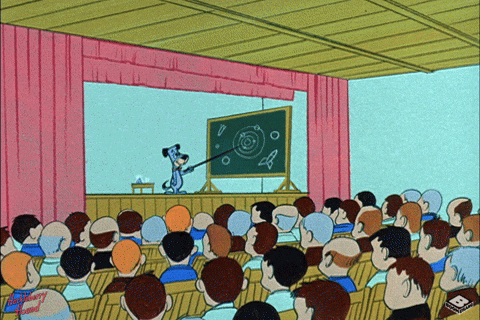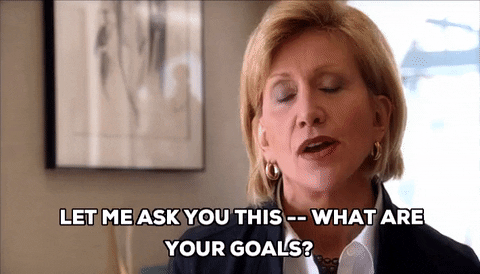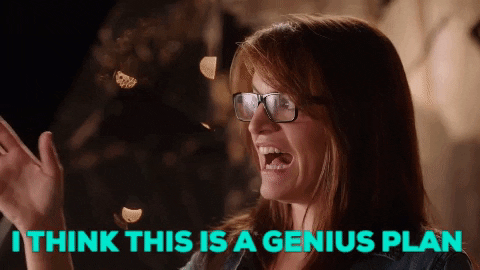Whether you’re a new communicator or a seasoned pro, it can be helpful to go back to basics.

No, not that kind of basic—basic strategy.
Breaking things down will help you stay organized. Here’s what you should be focusing on as you build out your strategy.
Note: these steps are heavily based on the IABC Gold Quill Work Plan Template. If you’re interested in submitting a Gold Quill entry—there’s still time! The deadline for this international award is January 9, 2020.
- Business Need or Opportunity
Context is everything. Why are you developing this strategy? Does your organization need more customers, more funding, more employee engagement? At this stage, you should:
- Explain the business and communication environment, including any specific challenges

- Identify the related communications opportunity, and how taking advantage of this opportunity will help your organization
- Conduct and/or use research to validate the need and inform the direction of your communications strategy
2. Stakeholder Analysis
Who is your audience?

Your stakeholders will help you decide on the appropriate strategy, tactics, media and channels. At this stage, you should:
- Segment your audience and determine their characteristics—such as education level, location, demographics, motivations and prior knowledge
- Support these audience segments with research, whether it is formal or informal
- Discuss how their relevant characteristics will impact the communications strategy
For example, investment information directed at prospects with limited financial knowledge would use simple language rather than jargon.
3. Goals and Objectives
It’s very important to lay out what you want to achieve. One of the most common areas of confusion is the difference between goals and objectives.
Goals state what you would like to achieve in a broad sense.
Objectives specifically define the desired results, and should be set using the SMART framework (Specific, Measurable, Achievable, Relevant, Time-framed). This way, you know in advance how you’ll measure results and what success will look like.
At this stage, you should:
- Create goals and objectives that align with the business need and stakeholder analysis
- Ensure your objectives are measurable in terms of outputs (e.g. website traffic, posters distributed) and outcomes (e.g. audience engagement, product sales)
- Ensure that your goals and objectives are NOT tactical or activity-based (e.g. write a new blog post)
4. The Solution Overview
Considering all of the above information, you’re now ready to develop your communications approach. At this stage, you should:
- Explore options and provide rationale for your chosen approach
- Describe the tactical implementation plan, including the communication channels and timelines
- Develop key messages that are tailored to the audience

Get creative! Don’t be afraid to try a new approach if you can explain how it will achieve your goals and objectives.
5. Implementation and Challenges
Few projects sail through to the finish line without hitting rough waters.

Whether you’re facing a limited budget or stubborn management, how you handle these obstacles can make or break your strategy’s success. At this stage, you should:
- Pitch your strategy to decision makers for buy in—bonus points for innovative presentations!
- Establish a reasonable budget and use other resources as efficiently as possible
- Ensure you are directly involved in the project and provide direction when necessary
6. Measurement and Evaluation
The tactics have all been carried out—your job is done now, right? Wrong!
It’s vital that you measure the success of your work to demonstrate the business value of communication. At this stage, you should:
- Measure your results carefully and objectively

- Report output and outcome-based results for each of your goals and objectives
- Demonstrate how your strategy met the business need
If you didn’t meet any of your goals or objectives, explain why. This is a good time to take a step back and identify what worked and what didn’t, so you can improve future communications strategies. 
Follow these 6 steps, and you’re well on your way to success. You’ll be a communications strategy whiz in no time!
Can’t get enough of the basics? Stay tuned for a comms planning essentials event, planned for January 2020.












